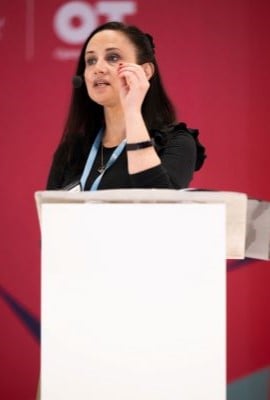Editor's Choice
Latest Content
Growth Opportunities in the Transformed Women’s Sportswear Segment
3 Sep 24High-profile events such as the FIFA Women's World Cup and WNBA games have significantly increased viewership, alongside expanded media coverage and social media visibility. The heightened interest in women’s sports has fuelled sales of women’s sportswear and these products outperformed men’s over the last five years. Despite the better performance, gender gaps persist in the sports world, offering opportunities for those who want to invest in this expanding segment.
Key Themes and Opportunities in the Global Eyewear Market
8 Aug 24In the face of ongoing macroeconomic uncertainties, the latest eyewear data published by Euromonitor International confirms a mixed outlook for the global eyewear market. In the near-term signs of progress are evident. In this article, we have identified five key opportunities as companies rise to the challenge of bouncing back stronger in 2025 and beyond.
Short-Term Shifts or Long-Term Movements: The US Apparel and Footwear Industry in Five Charts
19 Jul 24The US apparel and footwear industry demonstrated resilience during the pandemic, recovering faster than the global market in 2020-2021. However, since 2022, rising inflationary pressures have slowed its growth compared to the world market, though it remains the largest, holding a 23% global share.
Women’s Sportswear: The Big Winner of Paris 2024 Olympics?
3 Jul 24For the first time ever, the Paris 2024 Olympic Games will feature an equal number of female and male athletes, which is expected to increase fan interest and opportunities for women and girls to participate in sports. In recent years, women’s professional sports fandom and women’s participation in athletics have been on the rise, leading to opportunities for sportswear brands to appeal to women’s sports fans and female athletes alike through sponsorships, product launches and event activations.
Women’s Health and Self-Care Fashion: Blurring the Lines Between Hygiene, Apparel and Technology
28 Jun 24After re-evaluating their priorities during the pandemic, consumers continue to invest in taking care of themselves; both their bodies and minds. This impacts the way they consume and the products they use, opening new opportunities for brands that innovate and release products and services promoting body positivity, sustainability and simplicity that create a feeling of comfort and enhance the mood.
How Does Fashion Retail Look in Latin America Post-Pandemic?
29 Apr 24Despite the challenges faced since the pandemic, the Latin American fashion industry has proven to be resilient. By 2022, sales had surpassed 2019 levels, both in dollar and unit terms. The pandemic brought retail shifts to the regional industry benefiting retail e-commerce the most: this channel’s share jumped from 5% in 2019 to 14% in 2023. However, physical stores are still appealing to consumers in the region, forcing brands to carefully think their omnichannel strategies.





